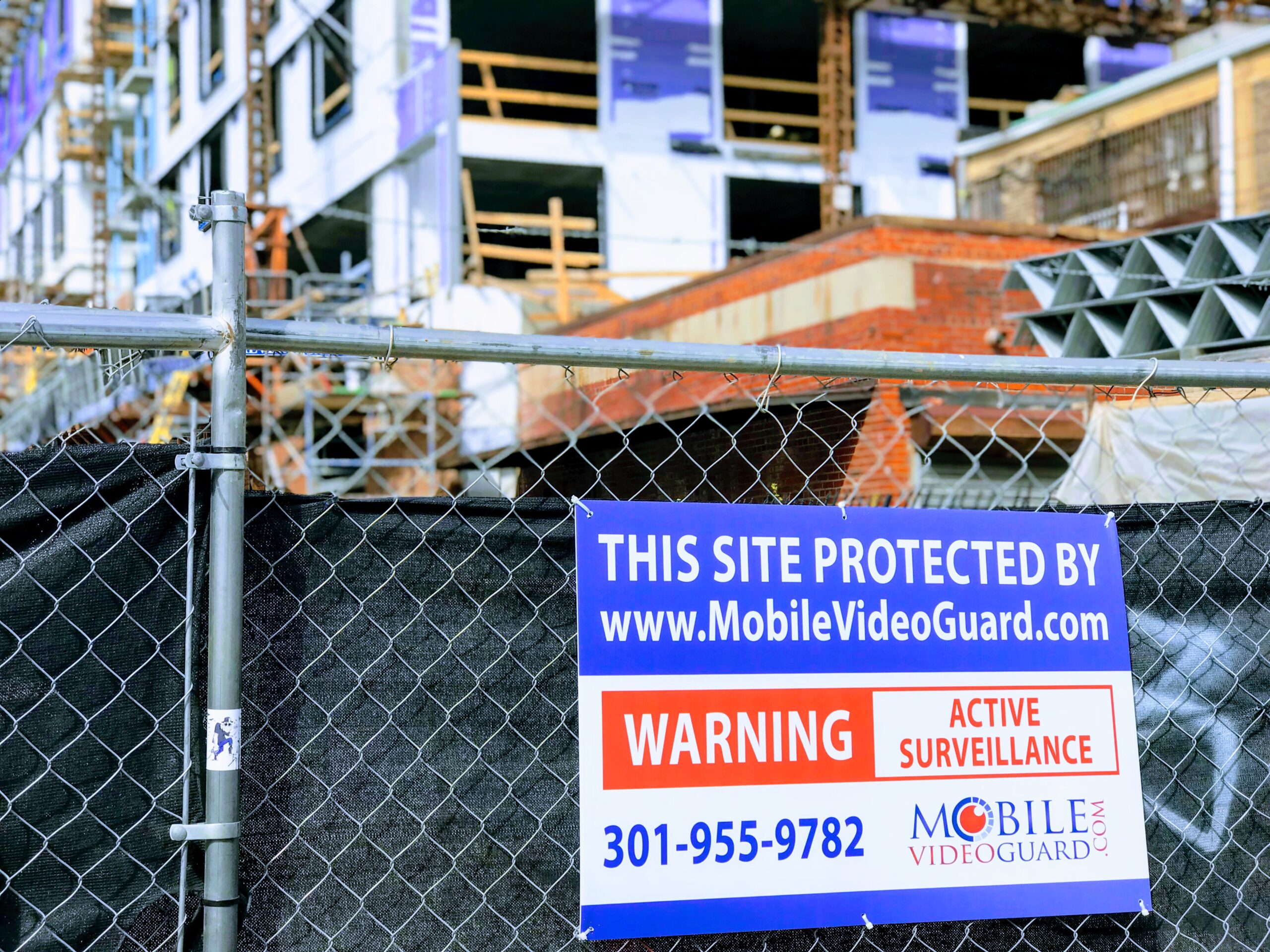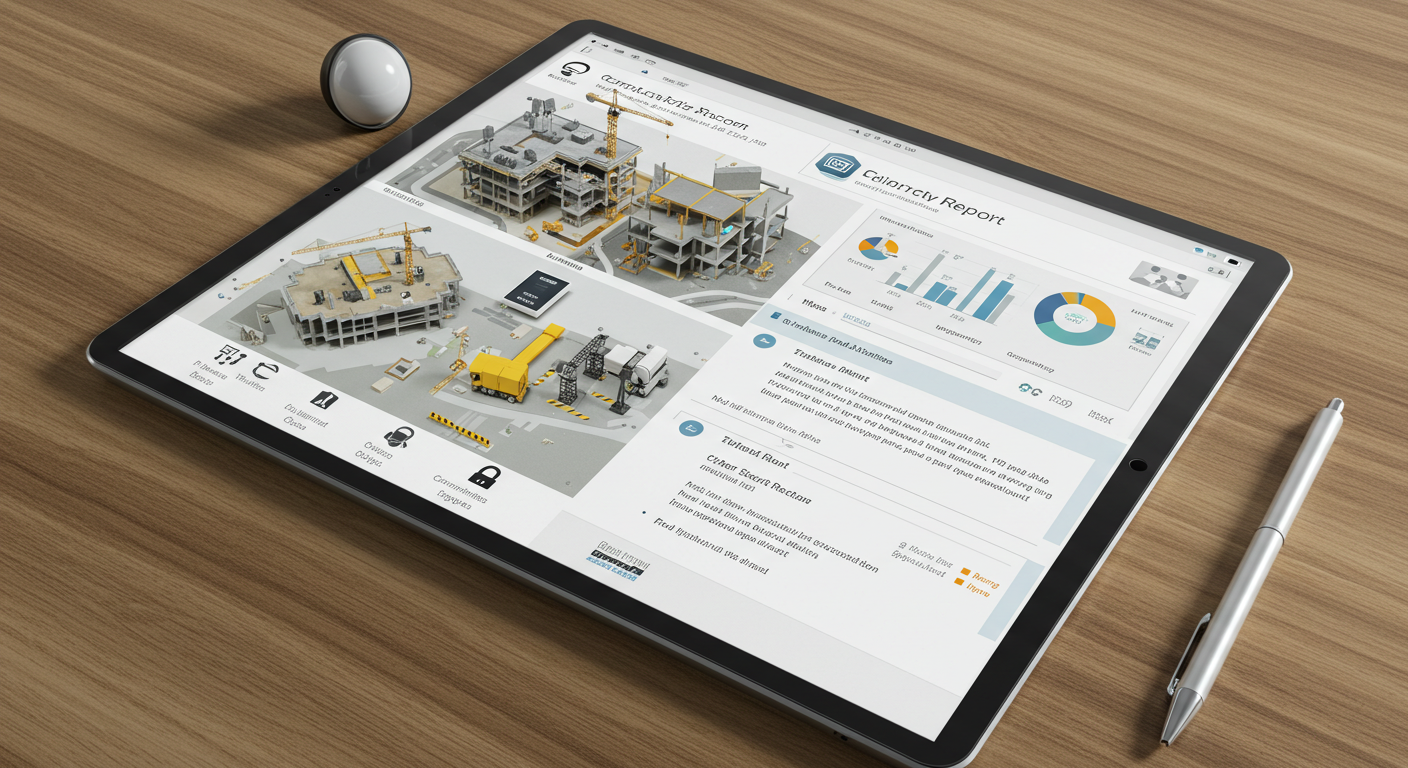Evolving Threats: Why Job Site Security Needs Shift During Project Closeout
Construction projects often experience the highest levels of theft and vandalism in their final weeks. While it’s easy to assume that a nearly completed site is low-risk—after all, most of the work is done and the site may seem less active—the opposite is often true.
As a project nears completion, new vulnerabilities emerge. Fewer workers are present. High-value finish materials are installed. Security routines get relaxed. And opportunistic criminals know this phase well—they target it.
That’s why construction site security protocols must evolve as projects approach the finish line. What worked during heavy construction may no longer suffice during closeout. To avoid costly losses just before delivery, job site security must be reassessed and reinforced.
Understanding the Increased Risk in the Final Project Phase
Late-stage projects present unique security risks that are often underestimated:
- Valuable finishes and appliances (HVAC units, lighting fixtures, appliances) are fully installed, making them easier to steal than bulk materials.
- Exterior fencing or access controls may be loosened for cleanup or landscaping crews.
- Surveillance systems may not have been adjusted to cover new areas of interest as work shifts indoors or toward the perimeter.
- Smaller crew sizes and fewer staff on-site mean less day-to-day monitoring and fewer eyes on potential issues.
In short: less presence, more value, and fewer controls make the closing phase an ideal target for theft and vandalism.
Why Completed Work Becomes a Target
At the beginning of a project, raw materials and equipment are valuable—but they often require significant effort to remove or resell. At the end, thieves can walk off with:
- Installed appliances
- Light fixtures and copper wiring
- Kitchen and bathroom hardware
- HVAC units
- Interior doors, flooring materials, and even cabinetry
These items are in finished condition, ready for resale, and often unsecured as tradespeople wrap up their final punch lists.
Theft at this stage can result in massive rework costs, not just replacement. For example, if a finished kitchen is stripped, drywall, plumbing, and electrical work may need to be redone before reinstallation.
Fewer Workers, Less Oversight = More Opportunity for Theft
As the project winds down, the number of workers on-site typically decreases. This means:
- Fewer people to notice suspicious activity
- More isolated areas with less foot traffic
- Fewer formal check-ins or security routines being followed
Meanwhile, a range of subcontractors—painters, cleaners, landscapers—may cycle in and out quickly, making it harder to identify who should or shouldn’t be on-site.
The result? A perfect storm of reduced oversight and increased opportunity for theft or vandalism.
Common Mistakes That Weaken Late-Stage Security
Even experienced site managers can fall into the trap of relaxing security too soon. Some of the most common missteps include:
- Removing fencing or gating before full project turnover
- Turning off surveillance systems during non-working hours to cut power costs
- Allowing unrestricted site access to wrap-up vendors or small crews
- Failing to update camera positions as job site activity shifts to interior areas
While these decisions may seem practical or cost-saving, they open the door to losses that can completely negate those savings—or worse, jeopardize client relationships.
How to Adapt Your Security Plan for the Final Weeks
Rather than scaling back security, the final stage of construction should trigger a strategic shift in security protocols. Here’s what that should include:
Reinforce Perimeter Control
Even if the site is mostly complete, all entry and exit points should remain secure. Use controlled gates, updated signage, and clear visitor protocols—even during punch-list phases.
Expand Surveillance Coverage
Mobile surveillance units are especially useful during this stage. Adjust camera placement to monitor:
- Installed fixtures
- Newly completed rooms
- Exterior access points and storage areas
With mobile video surveillance, you can monitor sensitive zones in real time—even if the site is mostly inactive.
Limit Access to Only Essential Personnel
Reduce the number of people allowed on-site. All subcontractors should be verified and logged. Badge systems, keycodes, or temporary credentials can ensure only authorized personnel enter the premises.
Secure Installed Fixtures and Finish Materials
Just because something is installed doesn’t mean it’s safe. Take extra precautions to secure:
- Appliances
- Copper piping
- HVAC equipment
- Doors and hardware
Use temporary lockboxes, interior barriers, or even motion-activated lights and alarms in high-value zones.
The Role of Mobile Surveillance in Flexible Job Site Security
As project conditions evolve, your security system must be able to adapt. Static cameras or guards stationed at fixed points may no longer be sufficient.
Mobile video surveillance offers flexibility, scalability, and real-time monitoring. These units can:
- Be repositioned as the site layout changes
- Detect and alert to suspicious movement
- Monitor indoor and outdoor areas even when the site is largely inactive
- Provide law enforcement with clear footage in the event of an incident
Explore how mobile surveillance can protect your site until final turnover.
Conclusion: Don’t Let Your Final Weeks Become Your Weakest Point
Your project is 95% done—but the final 5% is when it’s most at risk. The assumption that a near-complete site no longer needs protection is what makes it so vulnerable.
Thieves know the signs: lighter crew presence, exposed finish materials, and relaxed security. That’s why your security strategy must evolve—not fade—as your project nears completion.
Protect the work you’ve done, maintain your reputation, and deliver projects without last-minute setbacks by reinforcing security during the final stage.
Ready to adapt your security strategy for project closeout? Contact us to schedule a consultation or explore more on the Mobile Video Guard homepage.



